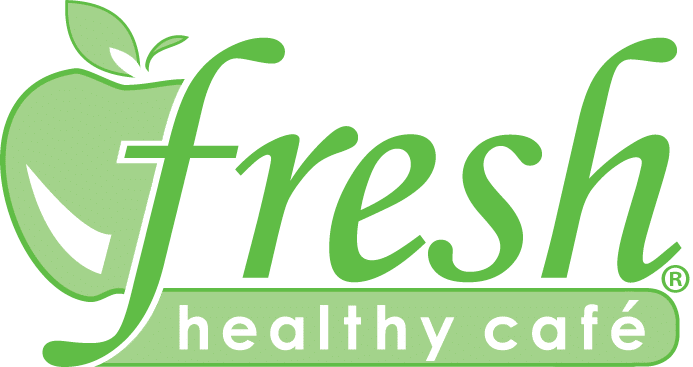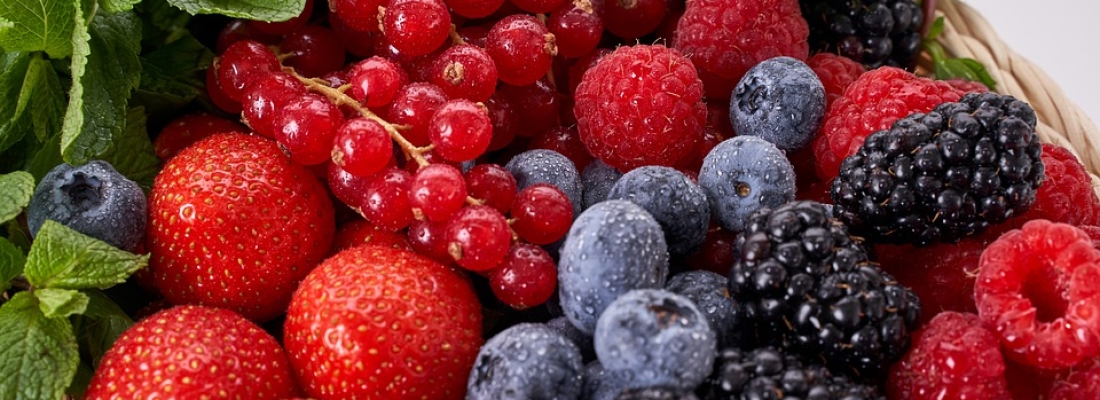If you’re like most people, you’ve likely crafted your own New Year’s resolution. One common goal people commit to is making healthier choices – from hitting the gym regularly to changing your diet altogether.
When people go to the gym, they focus on which routines can improve certain parts of their bodies. When it comes to eating healthy, however, people tend to think about the food they should be avoiding. While that’s a big part of eating healthy, it’s only half the story. In fact, it’s time you focus on what you should be eating – that’s where superfoods come in.
What are superfoods?
Superfoods are a set of foods that are generally considered whole, unprocessed, and high in nutritional density. Popularized by a cookbook that appeared in the 90s, the term superfood is now used to highlight nutrition-packed options as opposed to junk or unhealthy food. While they endorse the very concept, the American Heart Association notes that superfoods are not a classification of food. Nevertheless, its appeal has gained popularity on modern platforms like Twitter, helping a wide audience distinguish more nutritional food.
Here are five of the most important categories which are considered superfoods today:
Berries
Berries dominate every list of superfoods out there, and for a good reason. Berries such as blueberries, raspberries, and goji berries have been known to be loaded with antioxidants, high in fiber, and packed with nutrients. Studies cited at Healthline highlight how eating berries can improve blood sugar and insulin response, as well as fight inflammation and lower cholesterol levels. Plus, it’s so easy to prepare and eat.
Nuts and seeds
Nuts and seeds are packed with protein, fiber, and unsaturated fats. They are full of vitamins and minerals which are essential to metabolism and improving bone density. MSN lists pistachios, walnuts, almonds, cashew, and flaxseed among the healthiest nuts and seeds you can eat. The best thing about seeds and nuts is that they’re versatile enough to be incorporated into several meals.
Super Grains
Super Grains are a broad category under superfoods that consist of grains that are gluten-free and rich in proteins and nutrients. A simple trip to the grocery store will introduce you to a variety of options: quinoa, freekeh, kamut, farro, spelt – the list goes on. Each one has its own dose of fiber and other healthy components.
Choosing a different grain for whatever meals you’re planning for the week is a sure way to keep things exciting. Moreover, these grains can be easily prepared. On the Instagram page of rice cooker review site We Know Rice, they feature numerous appliances that you can use to cook your chosen grains. All you need to do is follow the instructions, and you can have them prepared in a few minutes. Be ready to create anything from pilafs to salads, vegan patties, and even sweet dishes like porridges and puddings.
Dark Leafy Greens
Kale is probably one of the most popular superfoods out there, but there are also other dark leafy green superfoods that you should be eating. These vegetables are saturated with essential vitamins and minerals your body needs. The Swiss chard, mustard greens, and collard greens contain vitamin C, E, K, beta-carotene and omega-3 fatty acids.
While some of these might sound daunting to try and incorporate into your diet, you can try and visit one of the Fresh Healthy Cafe locations to try a protein bowl filled with berries and other superfoods today.
Exclusively written for FreshRestaurants.com
By: Natalie Jade








